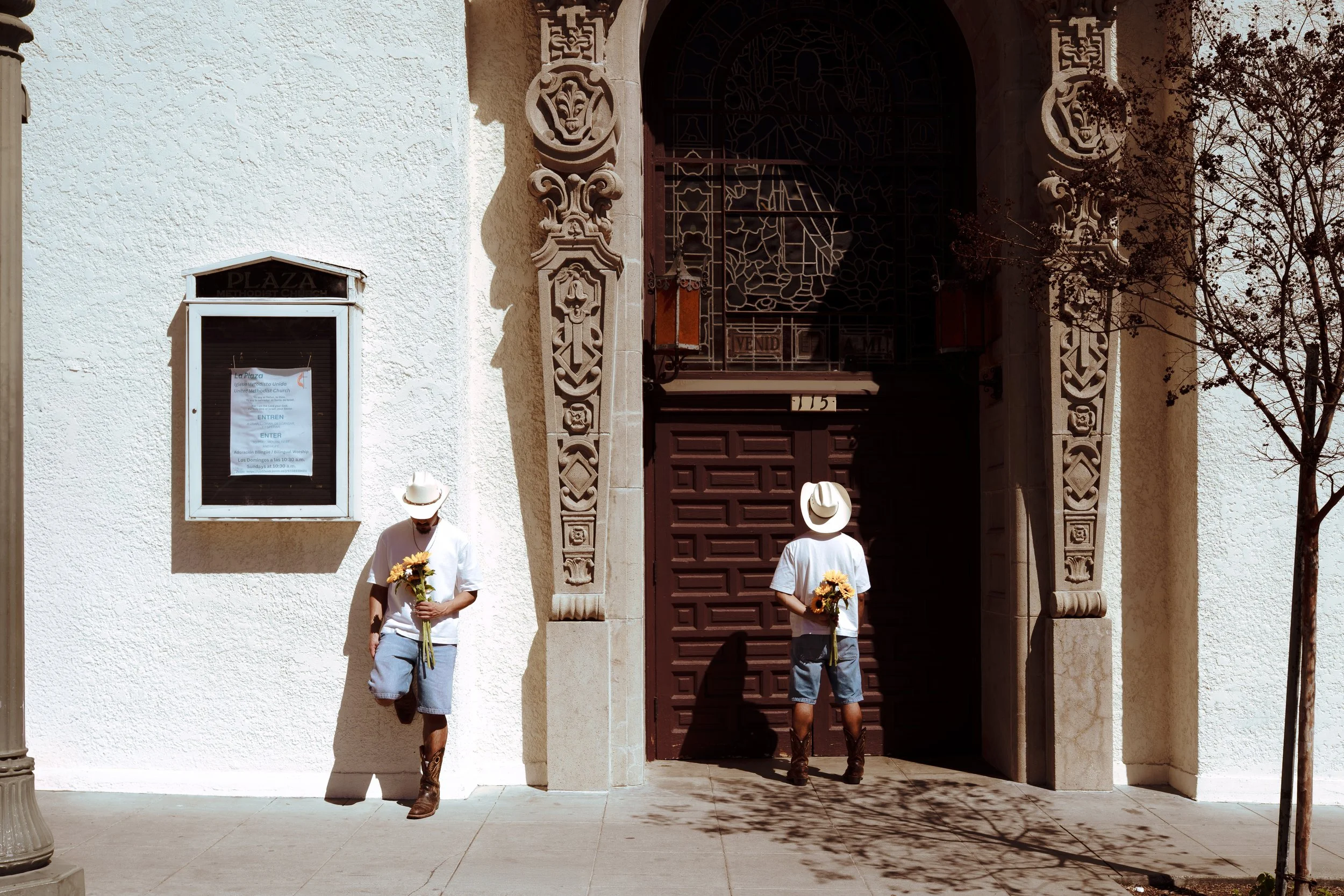Machismo Culture: A Gay Latino Man’s Perspective
Photo Credit: Gopi Vadask Design Credit: Jennix Bien-Walker
I knew I wasn’t like the other boys around me as a kid. I wasn’t loud, aggressive, or interested in acting tough to prove myself. I liked different things—dancing, laughing and just being myself. But whenever I showed any softness, whether at family parties or with friends, I felt like I wasn’t “man” enough. When I realized I was gay, that pressure to be someone I wasn’t only grew.
Growing up as a gay man in a Latino household, I always felt the weight of masculinity—a constant expectation to fit a narrow idea of what it means to be a man. Machismo in our culture is all about being tough, aggressive and never showing weakness. Anything else is seen as failure. If you’re gay, it feels like you’ve already lost the game before it even started.
An estimated 2.3 million Latino adults in the U.S. identify as LGBTQ+, with 65% being younger than 35. Yet, despite this growing visibility, Latino LGBTQ+ individuals face the compounded pressures of machismo culture and the challenges tied to both their sexuality and cultural identity. This intersection often worsens feelings of isolation and vulnerability within the community.
Latino culture is beautiful and rich in many ways. It values family, community and a strong sense of identity. But let’s be real—when it comes to gender roles, it can be strict. If you don’t fit the mold expected of men, it’s a problem.
In Latino culture, there’s this idea that being gay somehow makes you less of a man. People love to ask questions like, “Who’s the man and who’s the woman in the relationship?” It’s insulting and shows how deeply ingrained these stereotypes are. It reduces being gay to something people try to fit into a straight narrative, as if we have to play by their rules.
Machismo feeds on fear. It teaches men to fear vulnerability, weakness, or anything that feels “feminine.” It’s like you can’t win. If you’re gay, you’re already considered not manly enough because of who you love, but if you act like the men around you, you’re still not accepted because you’re gay. It’s exhausting.
This pressure affects us in many ways, impacting our relationships with family, friends and romantic partners. For a lot of us, coming out is terrifying because we don’t know how our families will react. In Latino culture, where family is everything, rejection can feel like losing your entire support system. Some of us are lucky to have families that accept us, but even then, there’s often an awkward silence around queerness, as if no one wants to talk about it.
Even within the gay community, machismo rears its ugly head. There’s pressure to be the “macho” gay guy—muscular, dominant and hypersexual. It’s almost like we’re expected to mimic the same toxic masculinity that rejected us in the first place, reinforcing harmful ideas many of us are trying to escape.
The real tragedy is how machismo can lead to violence. Latino LGBTQ+ people, especially transgender women, face high rates of violence and discrimination. Rigid ideas about what a “real man” is fuel this violence because anything that challenges those norms is seen as a threat. We see it in casual homophobia disguised as jokes, in the way queer people are treated in public, and in the lack of outrage when members of our community are harmed.
But there’s hope. Things are changing, slowly but surely. Younger generations are challenging these outdated ideas about masculinity. More Latino men are embracing vulnerability, showing that being soft doesn’t make you weak. We’re seeing more representation of queer Latino people in the media as real, complex characters. Conversations about toxic masculinity are happening more frequently.
However, we still have a long way to go. To break free from machismo, we need to rethink what it means to be a man. We need to create spaces where vulnerability is seen as a strength and being queer is celebrated, not just tolerated.
As a gay man in the Latino community, I’ve learned that my identity doesn’t make me any less of a man or any less Latino. It’s time we make space for all kinds of masculinity so future generations of queer Latino kids don’t have to carry the weight of machismo. Let’s build a world where we can all be our true, authentic selves—without fear, without shame and with pride.

